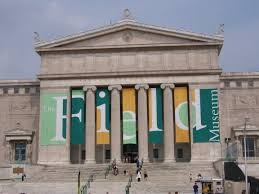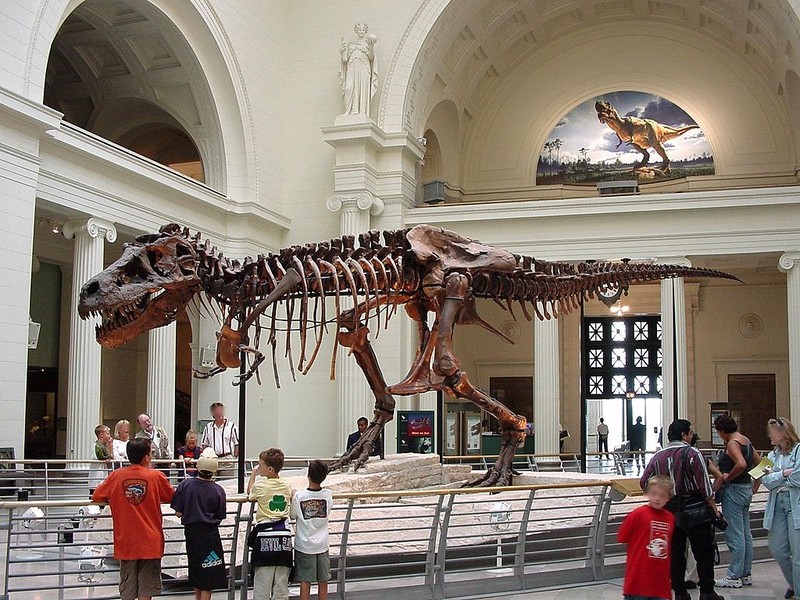Field Museum of Natural History
Introduction
Text-to-speech Audio
Images
The Field Museum is one of the largest museums of natural history in the world, and one of the true highlights of any trip to Chicago.

Sue, the largest and best-preserved T-Rex fossil remains in the world.

Backstory and Context
Text-to-speech Audio
The museum, as well as being a natural history museum, is also a cultural museum, with exhibits on Native American, Pacific, African, and Asian cultures. Perhaps the most famous thing on display at the museum is Sue, a thirteen-foot-tall Tyrannosaurus Rex skeleton that came to the Field Museum in 2000. Other permanent exhibitions include Inside Ancient Egypt, Evolving Planet, Underground Adventure, Restoring Earth, The Crown Family Playlab, The Ancient Americans, Grainger Hall of Gems, The Tsavo Lions, Gidwitz Hall of Birds, Hall of Jades, McDonalds Fossil Prep Lab, DNA Discovery Center, Pawnee Earth Lodge, Pacific Spirits, Maori Meeting House, Africa, and the Project Hyena Diorama.
Sources
"Timeline." The Field Museum. Accessed June 12, 2016. https://www.fieldmuseum.org/about/history/timeline
"SUE the T. rex." The Field Museum. Accessed June 12, 2016. https://www.fieldmuseum.org/at-the-field/exhibitions/sue-t-rex
